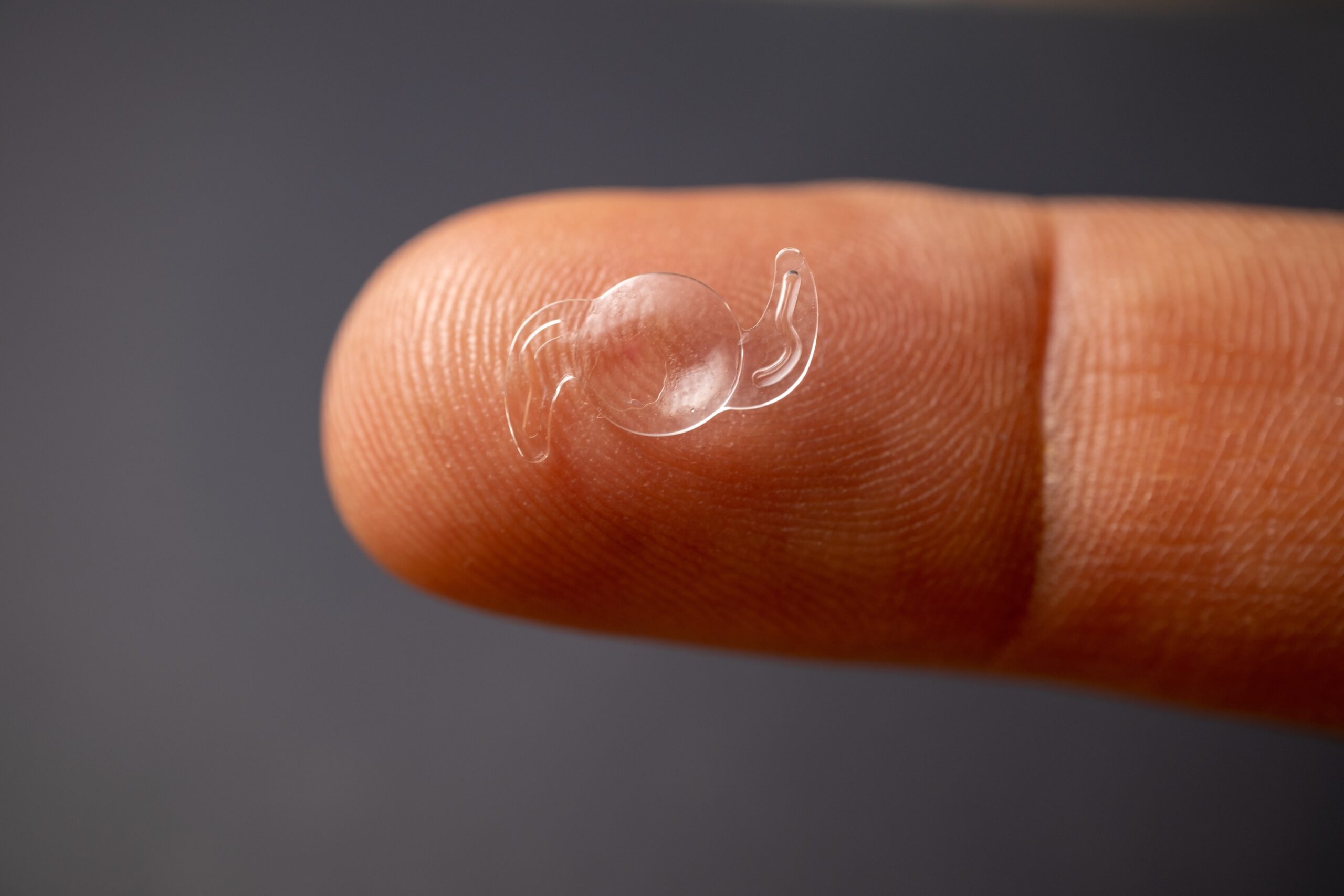Posted by: McPeak Vision Partners in Cataract Surgery
Understanding the 3 Types of Cataract Lenses

While a cloudy day at the beach can be quite enjoyable, cloudy vision is something you’ll want to avoid. Cataracts cause your vision to become blurry and distorted, making it difficult to see clearly. Fortunately, with cataract surgery at McPeak Vision Partners, you can eliminate cataracts and restore your vision quickly.
During cataract surgery, your natural lens will be removed and replaced with a man-made intraocular lens. There are three main types of intraocular lenses to choose from: monofocal, toric, and presbyopic-correcting. In this article, we’ll explore the differences between these lens types and what they’re designed to correct. Keep reading to learn more.
Monofocal
As long as you don’t have astigmatism, a monofocal lens can be used to correct a single range of vision. For instance, if you are nearsighted, have troubles seeing a computer, or are farsighted, a monofocal lens can be used to treat one of these problems. To help correct the remaining issues, glasses or contact lenses can be used. As an extra benefit of monofocal lenses, they don’t have any glare or halos at night— leaving you feeling more confident while driving in the dark.
Toric
As mentioned previously, monofocal lenses cannot be used for patients who have astigmatism. However, toric lenses can be. Designed specifically for patients who have astigmatism, toric lenses are used to correct near, intermediate, or farsightedness.
Presbyopic-Correcting
Unlike monofocal and toric lenses that can only correct one area of your vision, presbyopic correcting can be used to correct two or more of your vision problems. Depending on your eyesight, there are different brands of presbyopic-correcting lenses that the doctors at McPeak Vision Partners may choose to use.